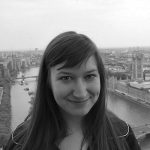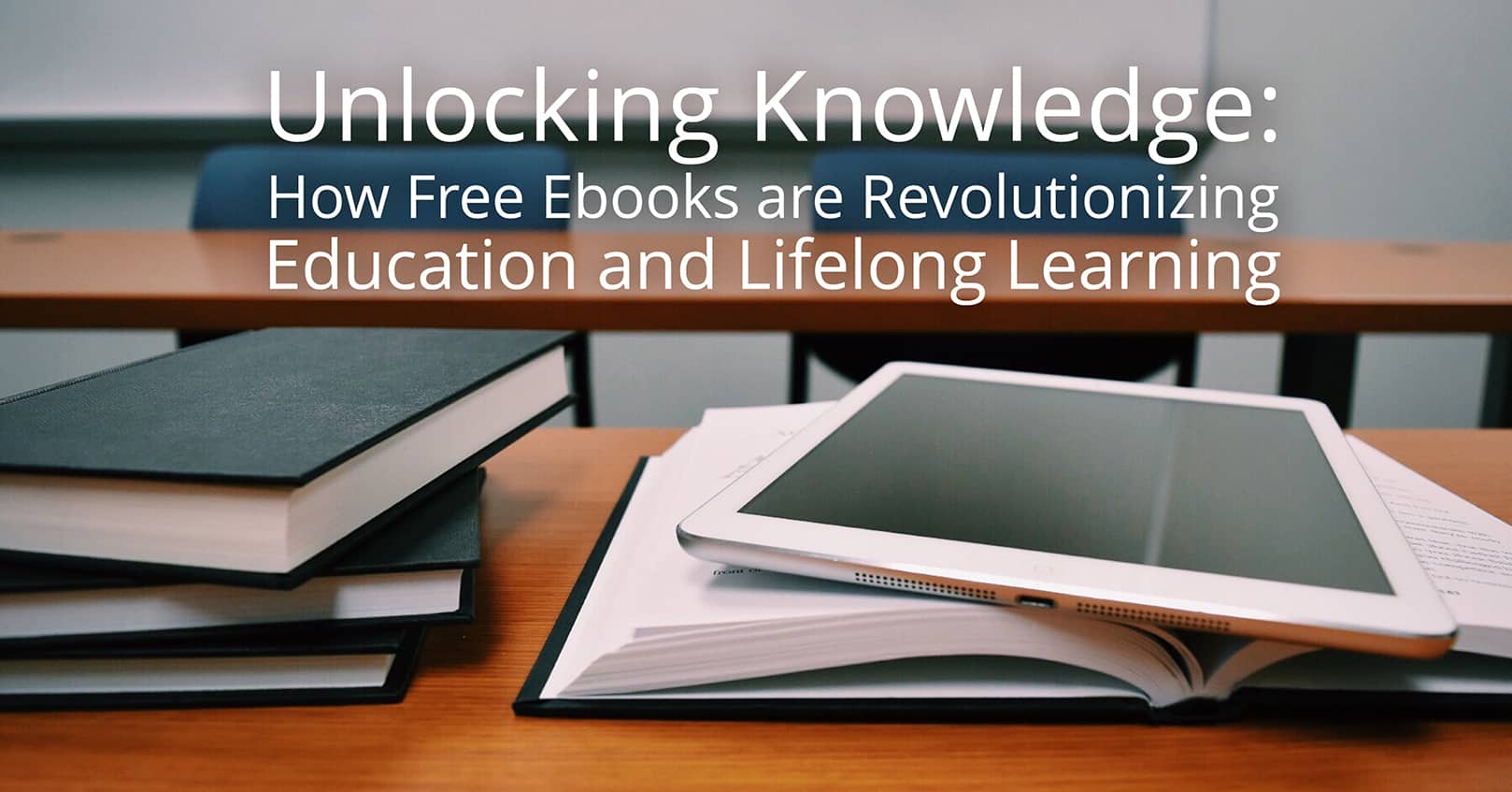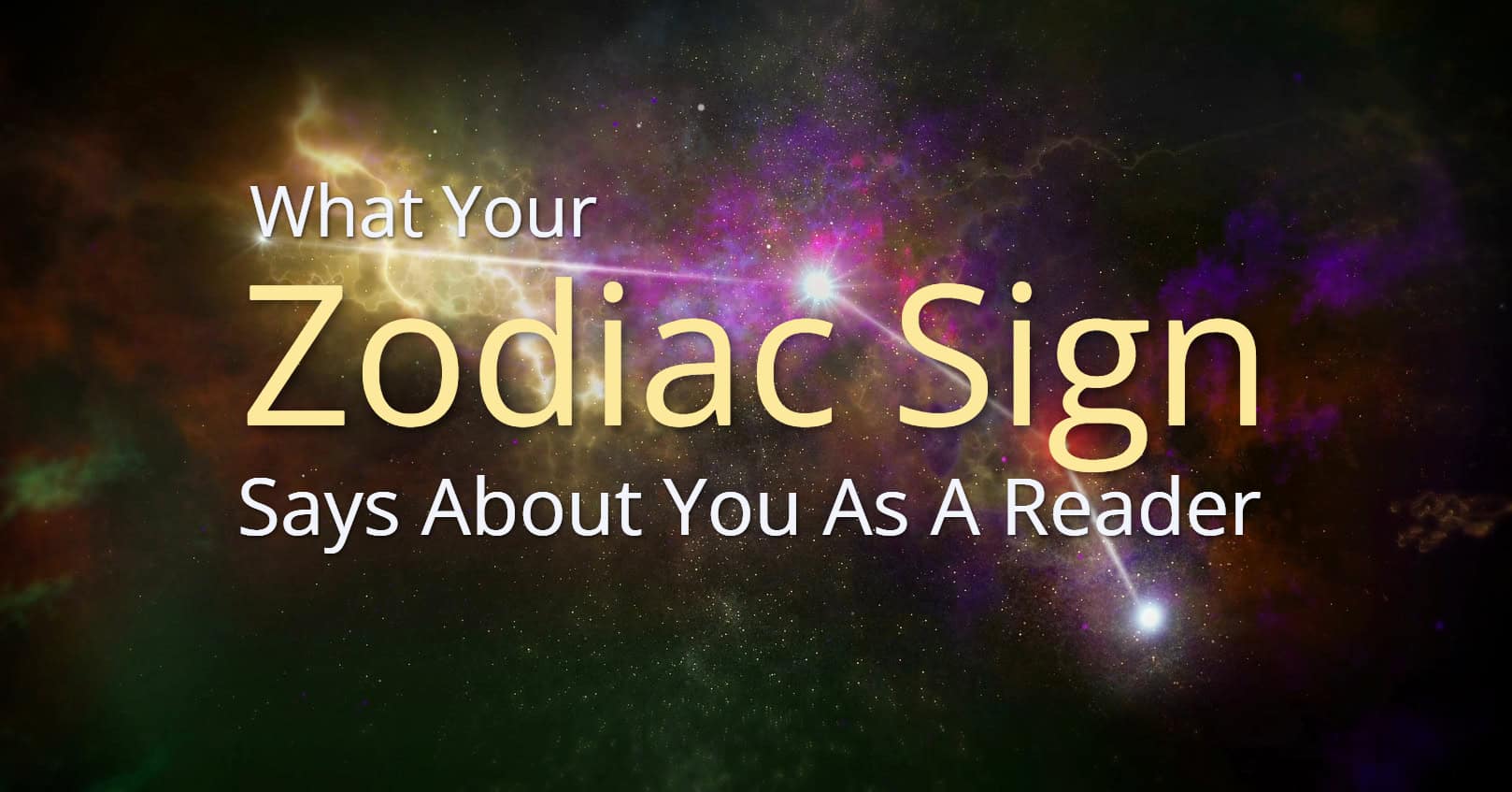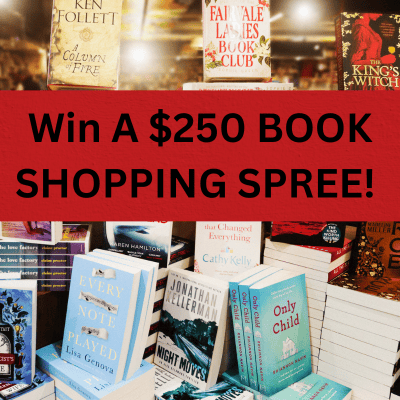
Imagine a day of running around Hollywood Studios of Disney World in Orlando, Florida. You’ve been there since rope-drop, snacking on the most expensive and delicious treats, running across the park because Star Wars: Rise of the Resistance opened late, trying to hit all the best rides, shows, and forms of entertainment. It’s hot and humid, and you feel a little queasy after Tower of Terror, so you say, “Let’s sit down for a quick show.” Hey, look! There’s Beauty and the Beast—Live on Stage! What book-lover doesn’t love Bell and her adventure in a magical castle?
You sit near the middle, and they urge you to scoot close to your neighbor to fit more people on the stands. You slide next to a lone man who’s maybe in his late sixties. You both joke a little to keep your close seating arrangements from feeling awkward, then he asks, “Do you know what this is about?”
“Yeah, it’s Beauty and the Beast.”
“Um . . . what is that?”
This is exactly what happened to me when I visited Hollywood Studios with my husband last summer. I actually had a hard time answering his question because it took me a good moment to realize he was serious. I thought, “How does someone reach their sixties without knowing the story of Beauty and the Beast?”
Now, I’m not going to claim to be an expert on folklore and Western-European fairytales, but after taking university classes on the subjects and researching extensively for my fairytale retellings, Don’t Marry the Cursed, Dreaming Beauty, and Fairest and the Frog, I’ll claim to know more than most.
Which made me the WRONG person to answer the gentleman’s question about Beauty and the Beast.
Once upon a time, I was ignorant enough to think that the movies came first. Sorry, but no, Disney didn’t create the original version of their famous fairytale princess stories. Neither did the Brothers Grimm (Disney’s main source of inspiration). Every fairytale of today’s pop culture was originally created orally by storytellers. Now, if you’ve ever played the game of Telephone, you know that words change every time the story’s told. The tales grew and developed until some folklorists decided to write them down and distribute them.
For instance, did you know that Sleeping Beauty wasn’t woken by a kiss until the time of the Grimms Brothers (1823)? In Charles Perrault’s La Belle au Bois Dormant (1697), she woke after a hundred years passed and the prince simply fell to his knees beside her bed. (Side note: this is my favorite version, and I highly suggest looking it up because Grimms told only half the story). In Basile’s Pentamerone (1636), the prince actually came and left (doing some things without the princess’s conscious consent), and the princess woke when one of her children sucked the poison from her finger. Oh, her children were named Jour and Aurore, and they were raised by fairies . . . Sound familiar?
I’m not saying this to bash on Disney. In fact, I wrote a 25-page essay to defend him, saying “All Disney did was collect fairytales, alter them according to his audience’s preferences, then distribute them in a method most accessible for his audience.” Just like Shakespeare and Brothers Grimm and every other writer of fairytale retellings (including myself).
If you’re interested in reading more about various versions of Western-European fairytales, I’d suggest the Brothers Grimm (from Germany), Charles Perrault (from France), Joseph Jacobs (specialized in English tales), and (if you enjoy tortured main characters) Hans Christian Andersen (from Denmark).
As for my ignorant friend, he had been too busy with work his whole life and was just now trying to learn everything about Disney culture for the sake of his grandkids. Sweet, right? Because that’s what timeless fairytales do best. Whether they’re being told over a campfire, shared through media, or discussed with variations, they bring people together.

















Comments